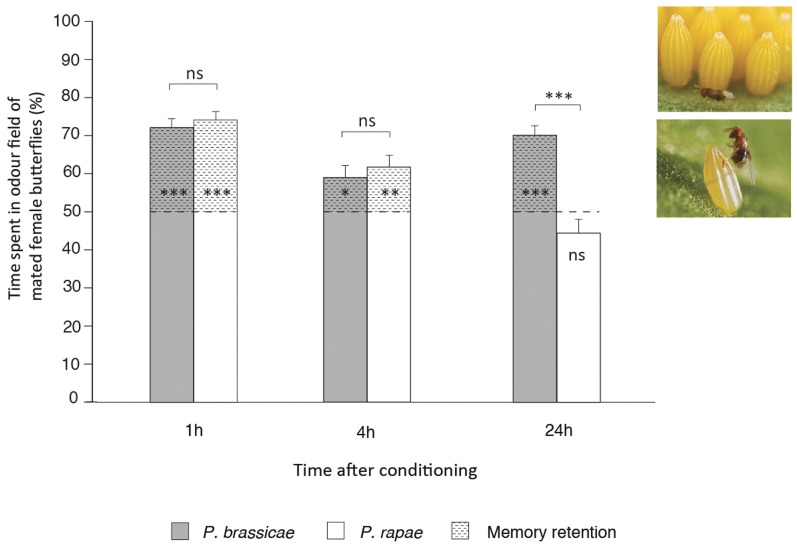Figure 2. Trichogramma evanescens memory retention after single-trial conditioning with a low- or high-value reward.
Mean percent time (+ SE) spent in odor field of mated female butterflies (learned odor) of Trichogramma evanescens at 1 h, 4 h and 24 h after single-trial conditioning with Pieris brassicae (high-value reward; dark grey bars) or P. rapae (low-value reward; white bars). Trichogramma evanescens was conditioned by allowing each wasp to approach and mount a recently mated (and thus egg-laying) female butterfly, emitting an anti-aphrodisiac pheromone, followed by the reward: parasitizing one freshly laid single P. rapae egg or one P. brassicae egg within an egg cluster [23], [24]. Wasps were tested in a 2-chamber olfactometer [23], [24] with two mated female butterflies in one compartment and two males in the other. As these two odors are equally attractive to inexperienced wasps [23], [24], we used 50% of time spent in the odor field of mated female butterflies as a reference (indicated by the dotted line inside or above the bars). Memory was defined as present when the percentage of time spent in the odor field of mated female butterflies was significantly higher than the reference (indicated by asterisks inside the bars), with a larger difference representing a higher memory retention level. Memory retention is indicated by the dashed pattern inside the bars. For each treatment we tested a total of 40 T. evanescens wasps. Each wasp was tested only once. * = P<0.05; ** = P<0.01; *** = P<0.001; ns = not significant (GLM for comparisons between bars (Table 3) and WMPSRT for comparisons within bars). Photos represent a T. evanescens wasp parasitizing a P. brassicae egg within a cluster (above) or a single P. rapae egg (below). Photos courtesy of Nina E. Fatouros (www.bugsinthepicture.com).

